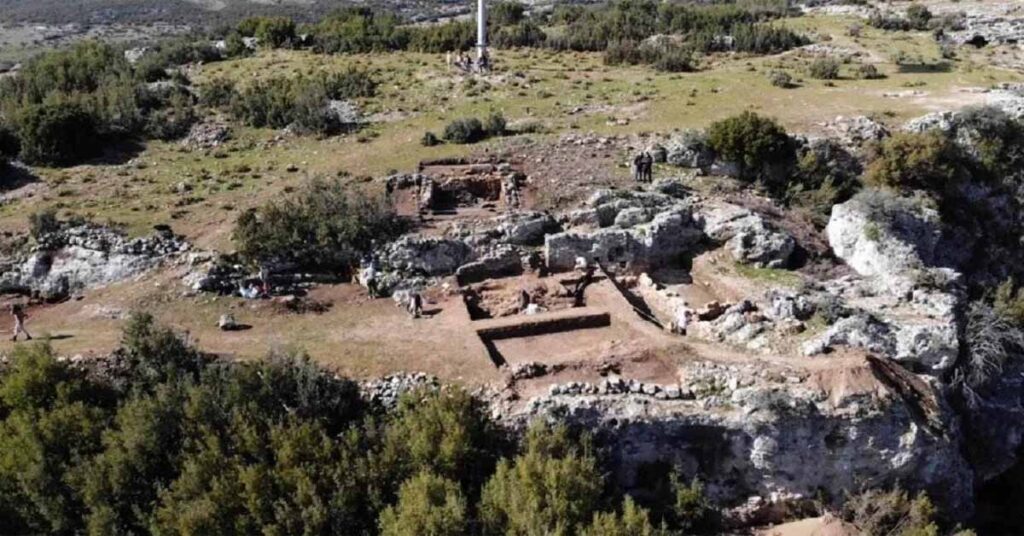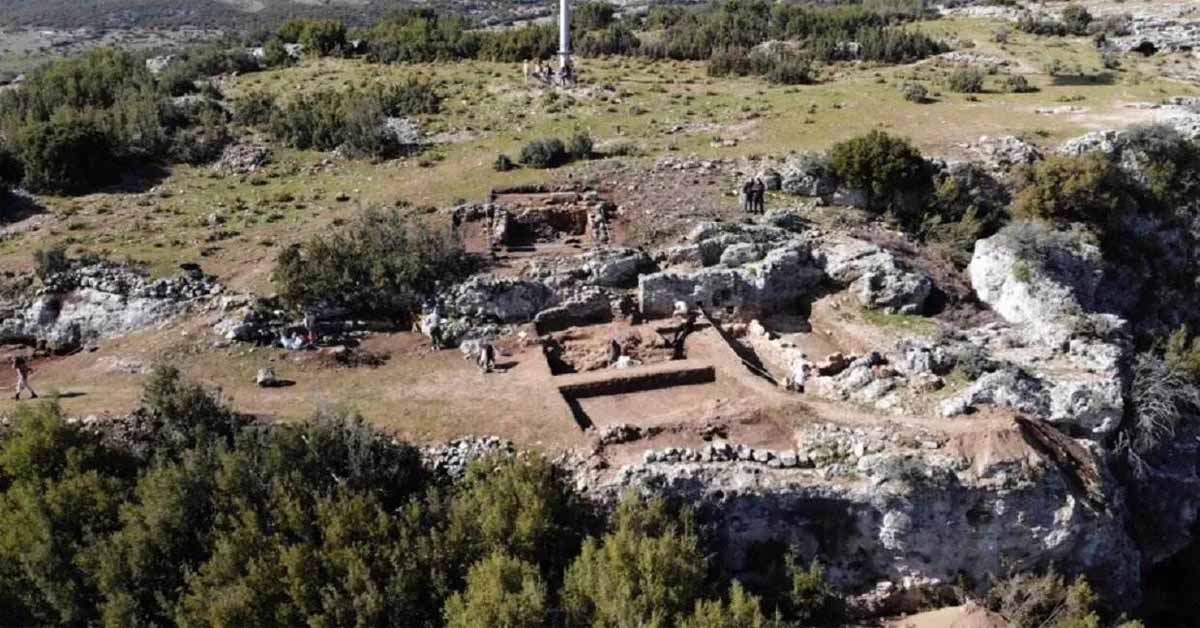Unlocking the Secrets of Mobolla: Uncovering the Enigmatic Rock Tombs, Castle Houses, and Rainwater Cisterns of an Ancient Anatolian City

The marriage bed of Henry VII and Elizabeth of York. Built for their wedding night in 1486, the bed symbolises the end of the Wars of the Roses by representing the royal couple as either Adam and Eve in Eden, or Christ and the Virgin Mary bringing Paradise to England.
Adnan Diler, a retired academic from Muğla Sıtkı Koçman University, is the scientific excavation consultant of the ancient city of Mobolla, which overlooks the Menteşe district.
The city’s settlement model is completely in line with the Anatolian tradition and there are many rock tombs outside the walls of the city, which were built for defense purposes.
There are also castle (stone) houses, dwellings, sanctuaries and vertical rock cisterns where rainwater is collected.
Surface survey works began in Mobolla in the beginning of the 2000s in the ancient city and now excavations are carried out under the direction of the Muğla Museum Directorate.
In the first stage of the excavations, the rock tombs have been found in an area in the gate of the ancient city.
The entrance gate of the city and part of the city walls have also been unearthed. Work continues in the dwellings along with the excavations carried out in the castle.
The ruins located on the route of the visitors have been unearthed and travelers can also reach the city by car through the İkizce road.




